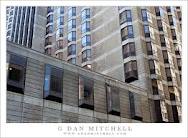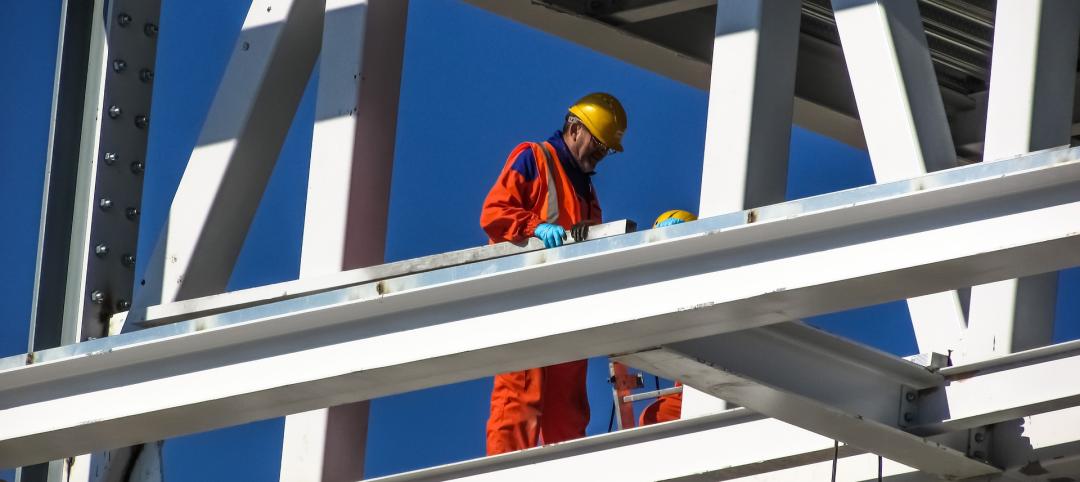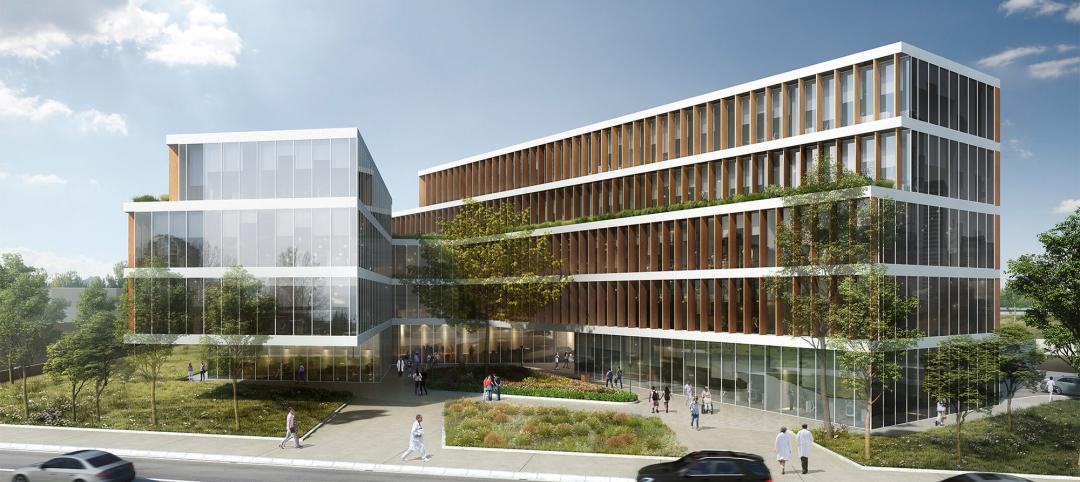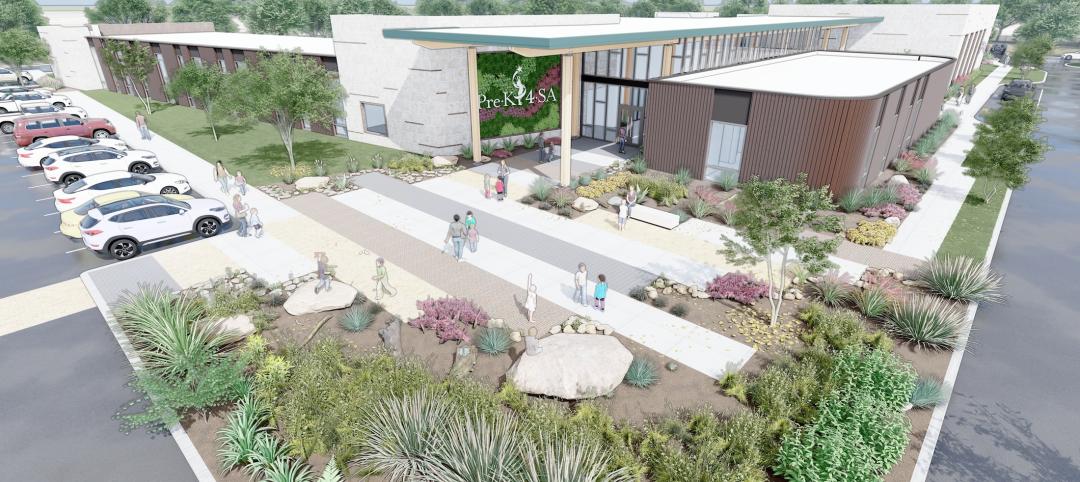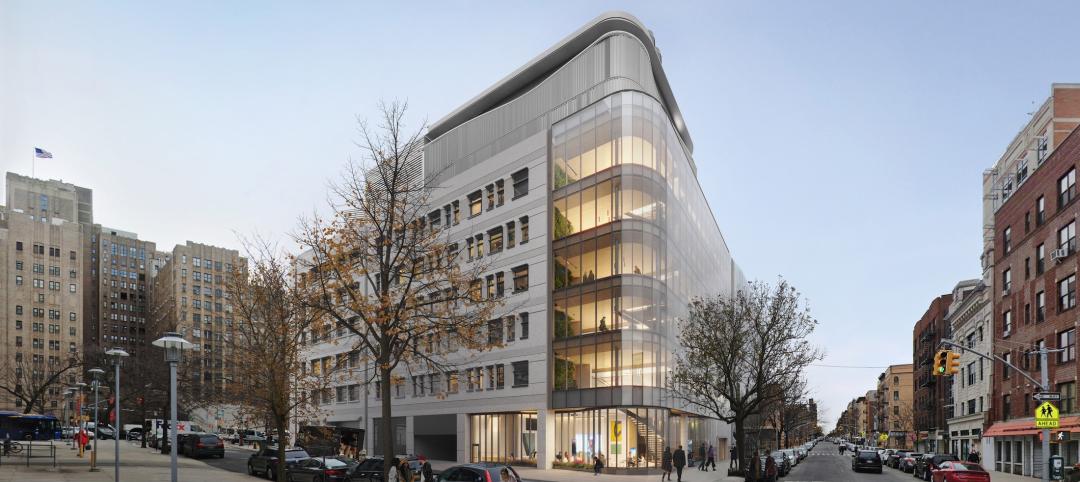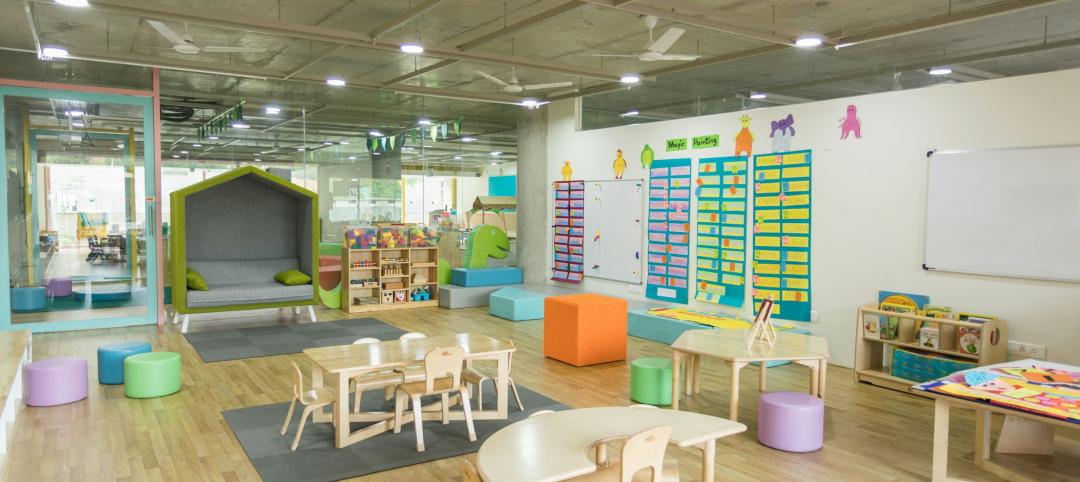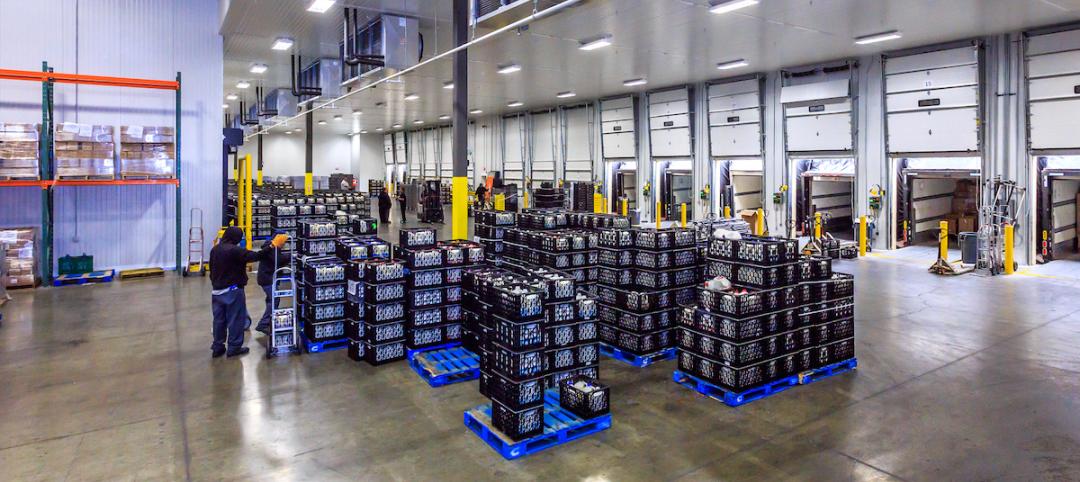The need to decrease energy usage and subsequent emissions from the building sector has been at the forefront of U.S. green movement. Not only has energy reduction been viewed as a step for improving the environment, it has financial benefits for companies and homeowners.
To address this, researchers at the Massachusetts Institute of Technology’s (MIT) Concrete Sustainability Hub conducted a life-cycle assessment (LCA) study to evaluate and improve the environmental impact and study how the “dual use” aspect of concrete – its ability to offer a durable structure while providing thermal mass benefits for energy loads – affects the environmental footprint of the structure.
"Methods, Impacts, and Opportunities in the Concrete Building Life Cycle" provides a comprehensive analysis that advances three key areas relevant to the buildings LCA field: methodology, benchmarking, and impact-reduction opportunities. The study is a major development for construction-related life-cycle assessment because it thoroughly examines all phases of the complete life cycle of a building – from acquisition of materials to construction, the use of the building, and finally demolition and end of life.
“Most environmental assessments do not move beyond the construction phase and only provide a partial picture of the full impact a particular material can have on a building. This is short-sighted,” David Shepherd, director of sustainable development for the Portland Cement Association (PCA) said. “The heating, cooling, and general operations of buildings and homes in the United States accounts for approximately 70 percent of national energy consumption each year and an accurate LCA needs to include the operational phase.”
Concrete, essential for the construction of buildings and homes, has largely been chosen as a building material for its structural properties rather than its energy-saving properties. Although sustainable builders have known the thermal mass attributes of concrete significantly reduce heating and cooling needs, the energy consumption required to produce its key ingredient, cement, has raised questions about its environmental viability.
In its environmental assessment, MIT researchers found concrete homes produce lower greenhouse gas emissions than current best practice code – compliant wood-frame residences throughout a 60-year service life.
Concrete homes did have a higher embodied global warming potential (GWP) associated with the pre-use phase of LCA when raw materials are harvested and turned into construction materials, transported to the site, and assembled into the finished home. However, this phase accounts for only about 2 to 12%of the overall global warming potential for the life of the home. For the 60-year period of the study, houses constructed with insulated concrete forms have 5 to 8 percent lower GWP than current code compliant light frame wood houses, based on greater thermal mass and higher R-values. Researchers found similar results when evaluating multifamily residences.
Commercial office buildings built with a concrete structural frame produce slightly less greenhouse gas emissions over a 60-year service life than commercial structures built with steel frames, based on the results of the comprehensive MIT assessment.
MIT researchers then evaluated strategies to lower a concrete building’s carbon footprint and overall environmental impact. A major advancement was the incorporation of a cost-impact analysis to determine whether or not a given environmental reduction strategy made economic sense. Among the strategies evaluated, the two that reduced embodied emissions – increased fly ash and reducing the thickness of concrete walls from a 6-inch to a 4-inch concrete core – were found to be both economical and effective ways to reduce emissions. BD+C
Related Stories
Multifamily Housing | Apr 12, 2024
Habitat starts leasing Cassidy on Canal, a new luxury rental high-rise in Chicago
New 33-story Class A rental tower, designed by SCB, will offer 343 rental units.
Student Housing | Apr 12, 2024
Construction begins on Auburn University’s new first-year residence hall
The new first-year residence hall along Auburn University's Haley Concourse.
K-12 Schools | Apr 11, 2024
Eric Dinges named CEO of PBK
Eric Dinges named CEO of PBK Architects, Houston.
Construction Costs | Apr 11, 2024
Construction materials prices increase 0.4% in March 2024
Construction input prices increased 0.4% in March compared to the previous month, according to an Associated Builders and Contractors analysis of the U.S. Bureau of Labor Statistics’ Producer Price Index data released today. Nonresidential construction input prices also increased 0.4% for the month.
Healthcare Facilities | Apr 11, 2024
The just cause in behavioral health design: Make it right
NAC Architecture shares strategies for approaching behavioral health design collaboratively and thoughtfully, rather than simply applying a set of blanket rules.
K-12 Schools | Apr 10, 2024
A San Antonio school will provide early childhood education to a traditionally under-resourced region
In San Antonio, Pre-K 4 SA, which provides preschool for 3- and 4-year-olds, and HOLT Group, which owns industrial and other companies, recently broke ground on an early childhood education: the South Education Center.
University Buildings | Apr 10, 2024
Columbia University to begin construction on New York City’s first all-electric academic research building
Columbia University will soon begin construction on New York City’s first all-electric academic research building. Designed by Kohn Pedersen Fox (KPF), the 80,700-sf building for the university’s Vagelos College of Physicians and Surgeons will provide eight floors of biomedical research and lab facilities as well as symposium and community engagement spaces.
K-12 Schools | Apr 10, 2024
Surprise, surprise: Students excel in modernized K-12 school buildings
Too many of the nation’s school districts are having to make it work with less-than-ideal educational facilities. But at what cost to student performance and staff satisfaction?
Industrial Facilities | Apr 9, 2024
Confessions of a cold storage architect
Designing energy-efficient cold storage facilities that keep food safe and look beautiful takes special knowledge.
Cultural Facilities | Apr 8, 2024
Multipurpose sports facility will be first completed building at Obama Presidential Center
When it opens in late 2025, the Home Court will be the first completed space on the Obama Presidential Center campus in Chicago. Located on the southwest corner of the 19.3-acre Obama Presidential Center in Jackson Park, the Home Court will be the largest gathering space on the campus. Renderings recently have been released of the 45,000-sf multipurpose sports facility and events space designed by Moody Nolan.


